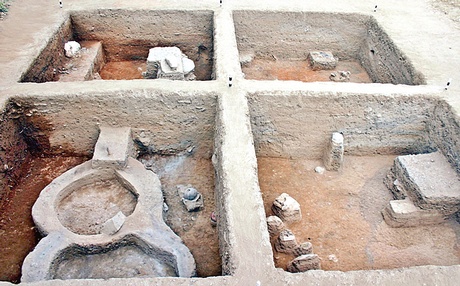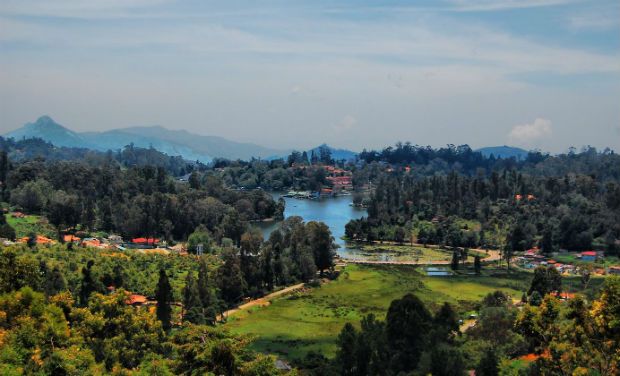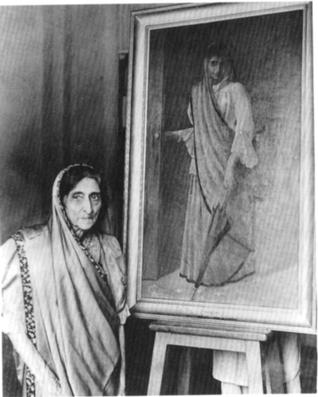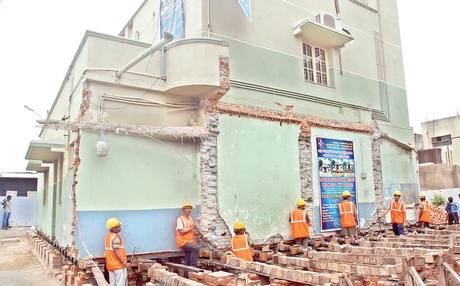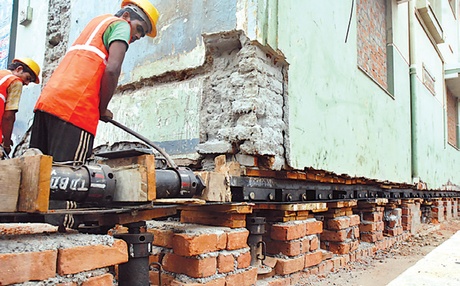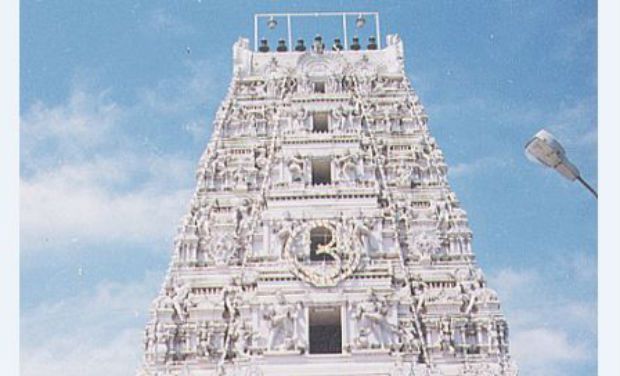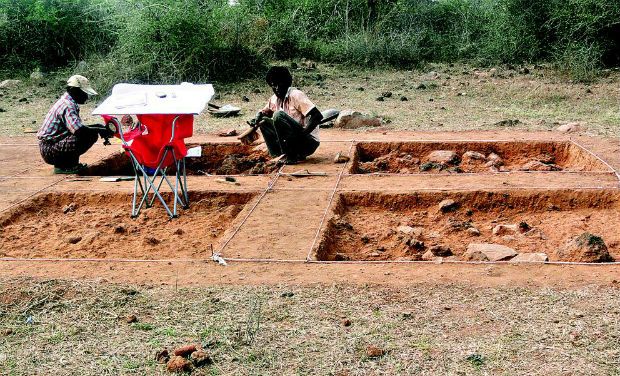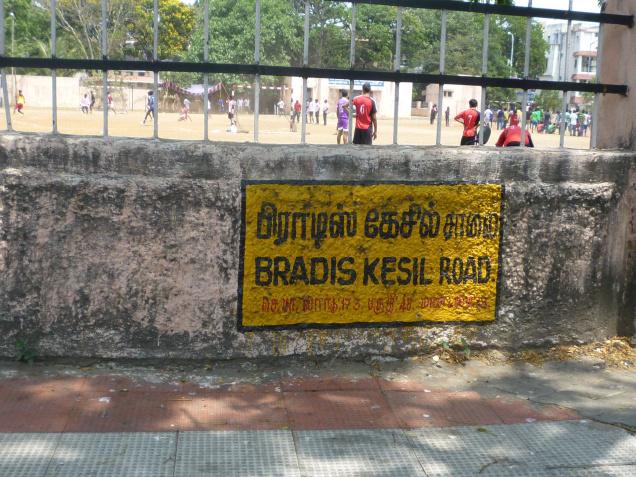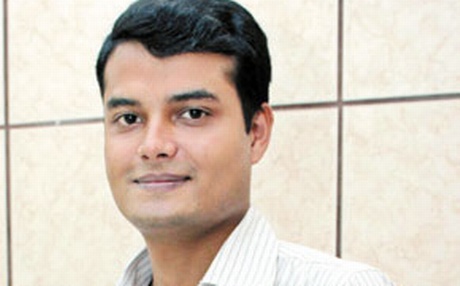To celebrate its platinum jubilee from tomorrow with series of new programmes
Starting off with just a 5 KW medium wave transmitter when it was launched 74 years ago, All India Radio, Tiruchi, which now covers 10 districts with a 100 KW high power transmitter, is poised to celebrate its platinum jubilee from May 16 with a series of new programmes targeting both urban and rural listeners.
The first broadcast conveyed a message on spreading happiness to excited listeners from the then Chief Minister of composite Madras State C.Rajagopalachari who inaugurated the country’s sixth AIR station in Tiruchi along with the first Controller of Broadcasting India Lionel Fielden, on May 16, 1939. After a year, a separate time chunk was introduced in July 1940, and in July 1969, Ilaya Bharatham (Youth Programme) was started. It was followed by the launch of Regional News Unit on November 14, 1981, for broadcasting daily news bulletin in Tamil, and Audience Research Unit on September 3, 1991.
Ilaya Bharatham, according to senior officials of AIR Tiruchi, has been serving as a platform for youth to analyse their problems and find solutions through talks and interviews.
Youngsters are given guidance and counselling regarding employment training facilities, entrepreneurship and self employment. The impact of the Farm and Home (‘Pannai Illam’) Unit, AIR Tiruchi, established during 1966 to provide purposeful and effective information to the farming community was such that ADT 27 variety paddy released during that time was popularly called ‘Radio Rice’ by the agricultural community. During the silver jubilee celebrations of ‘Pannai Illam’, 30,000 farmers took part in a function spread over two days.
AIR Tiruchi, started as one of the six pioneering stations in pre-Independent India and second station in the erstwhile Madras State after the first one at Madras, would continue to spread happiness with its range of programmes covering education, culture, literature, music, science, community, and farming, T. Periyaswamy, Deputy Director General (Engineering), AIR, Tiruchi, and M. Jothimani Elangovan, Programme Head, told mediapersons on Tuesday.
About 1,000 archived programmes including talks by leaders such as late Chief Minister Annadurai and performance of folk artistes would be packaged in a programme titled ‘Pavazha Malli’ and presented to listeners till May 15, 2014. The station would also conduct invited audience programme in each of the 10 districts covered by AIR Tiruchi on music, agriculture, health, industry and other topics, in its programme zone covering 56 per cent of Tamil Nadu’s total area encompassing Tiruchi, Perambalur Ariyalur, Karur, Salem, Namakkal, Thanjavur, Tiruvarur, Nagapattinam, and Pudukottai districts. The programmes cater to all age groups, Ms. Jothimani Elangovan said.
The platinum jubilee celebrations would begin with a formal inauguration at 5.30 p.m. on May 16. The inauguration would feature Natyanjali, a dance programme by Bala Kala Vidhanam dance school students; a folk arts events, and felicitations by P. Kumar, Tiruchi MP, and other invited speakers. South Zone Additional Director General, AIR and Doordarshan, Chennai and Bangalore, G. Jayalal, would preside over the inauguration programme.
From May 16 onwards, a photo exhibition open for public would feature a collection of 350 rare photos with footnotes illustrating AIR Tiruchi’s growth path. Sets of photos will be changed periodically.
A programme titled ‘Namathu Vaanolikku Vayathu 75’ would be broadcast on the prime channel at 9.30 p.m. on May 16. It would be preceded by folk programmes and jugalbandhi of Hindustani and Carnatic music.
source: http://www.thehindu.com / The Hindu / Home> News> Cities / by R. Krishnamoorthi / Tiruchi – May 15th, 2013
